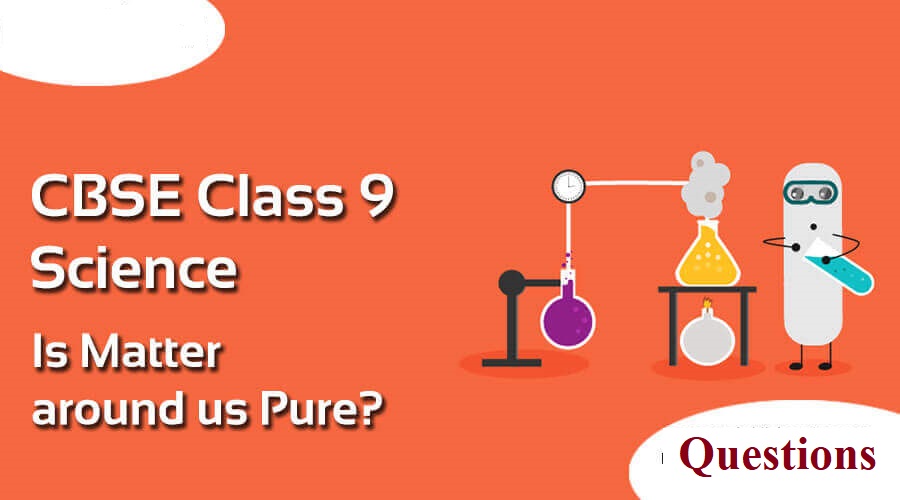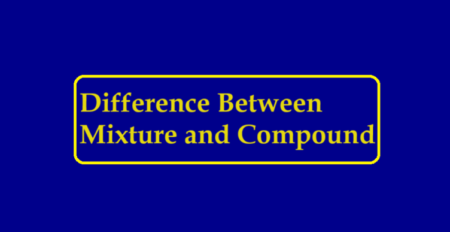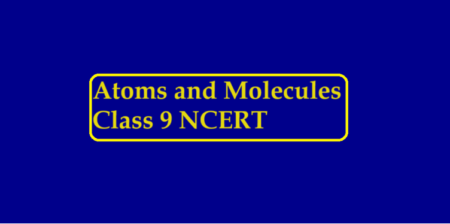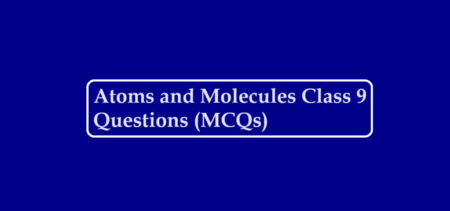IS MATTER AROUND US PURE
The post IS MATTER AROUND US PURE contains questions about the chapter.
- Smoke and fog both are aerosols. In what way are they different?
- Why do we call sugar a pure substance?
- What are saturated and unsaturated solutions?
- Define a solution
- What is a suspension? Give its example and
- Define the concentration of a
- What is the Tyndall effect?
- What is the difference between True solutions and colloids?
- What are alloys? Why are alloys called a mixture?
- Write the characteristics of
- Define solute and
- What is solubility?
- Give properties of a true solution.
- Explain why particles of a colloidal solution do not settle down when left undisturbed, while in the case of a suspension they
- What is chromatography? Explain the process.
- n element is sonorous and highly Under which category would you classify this element? What other characteristics do you expect the element to possess?
- Why do we need to separate mixtures?
- How can we separate cream from milk?
- Based on the amount of solute in the given solution, how solutions are classified?
- What are aqueous solutions?
- What are non-aqueous solutions?
- When we open the cap of a cola drink (or any carbonated beverage), why does an excess of bubbles come out?
-
- Fill in the blanks
- A colloid is a ——— mixture and its components can be separated by the technique known as ———.
- Ice, water, and water vapour look different and display different —— properties but they are ——— the
- A mixture of chloroform and water taken in a separating funnel is mixed and left undisturbed for some The upper layer in the separating funnel will be of——— and the lower layer will be that of ———.
- A mixture of two or more miscible liquids, for which the difference in the boiling points is less than 25 K can be separated by the process called———.
Advertisement



